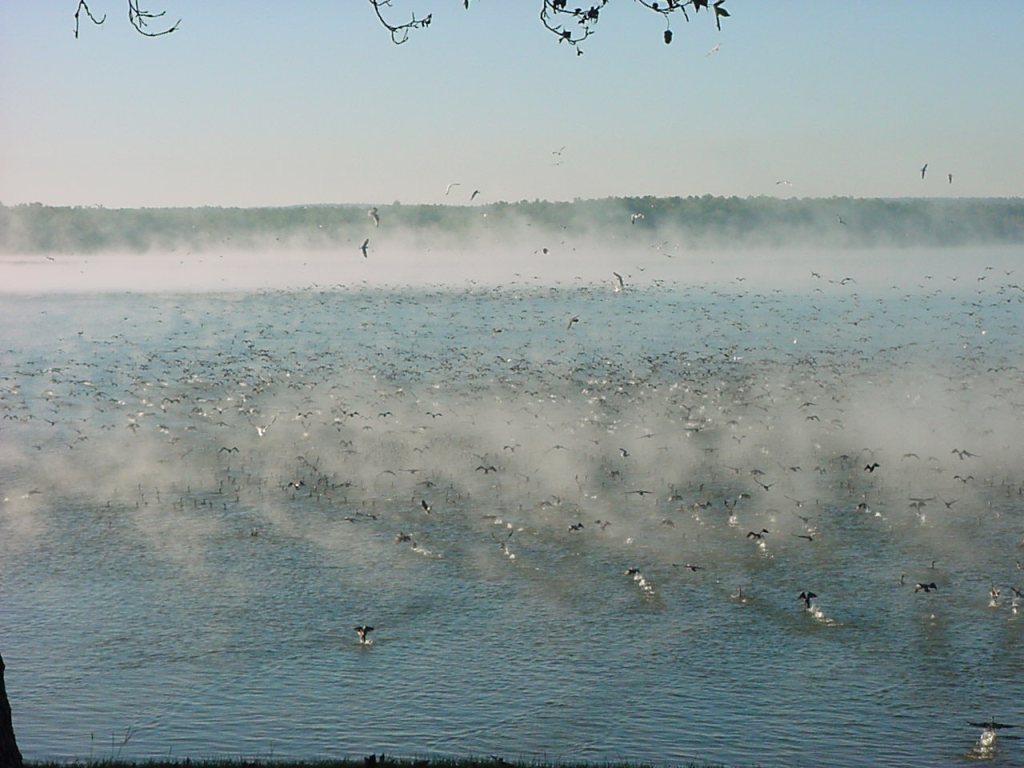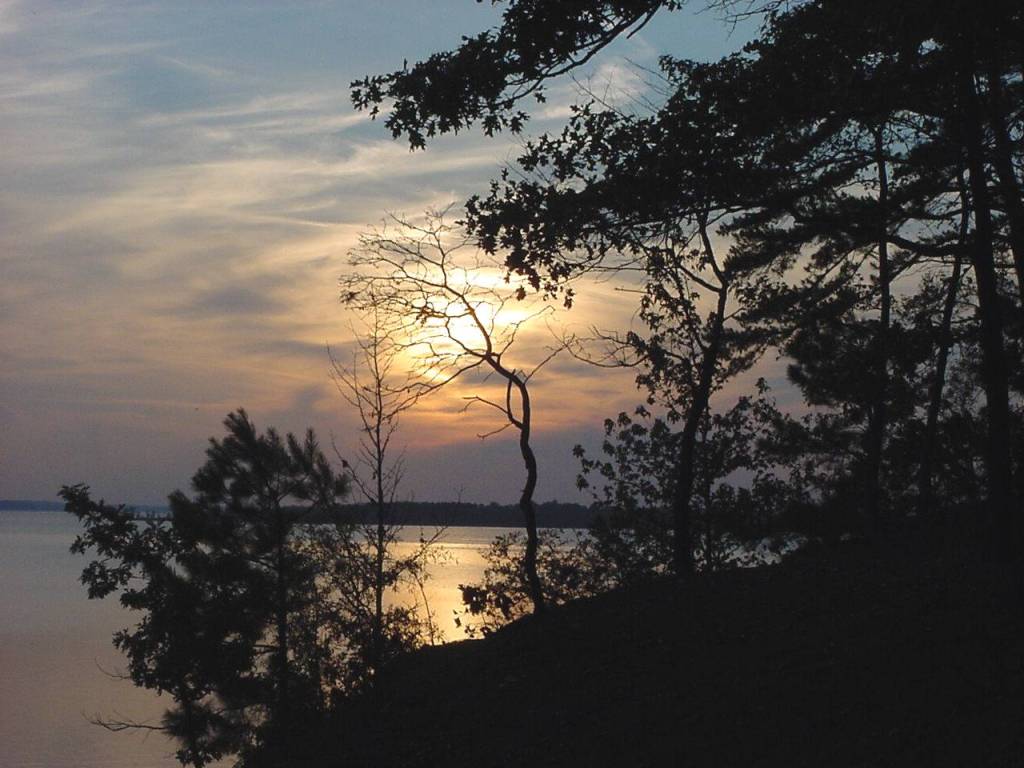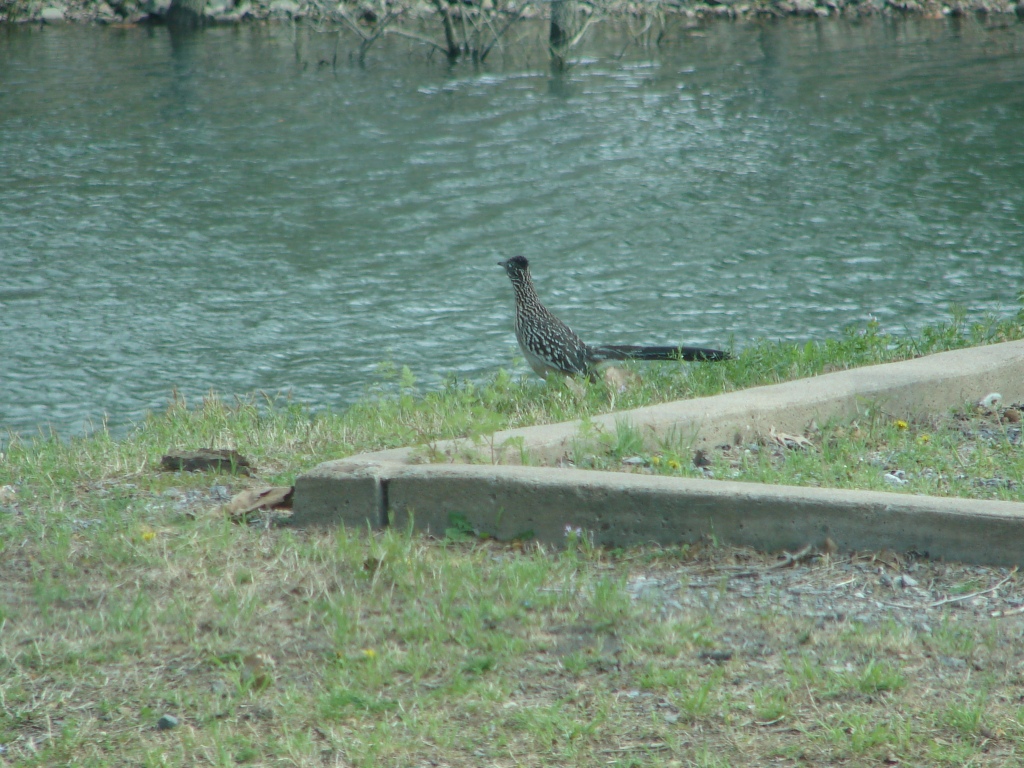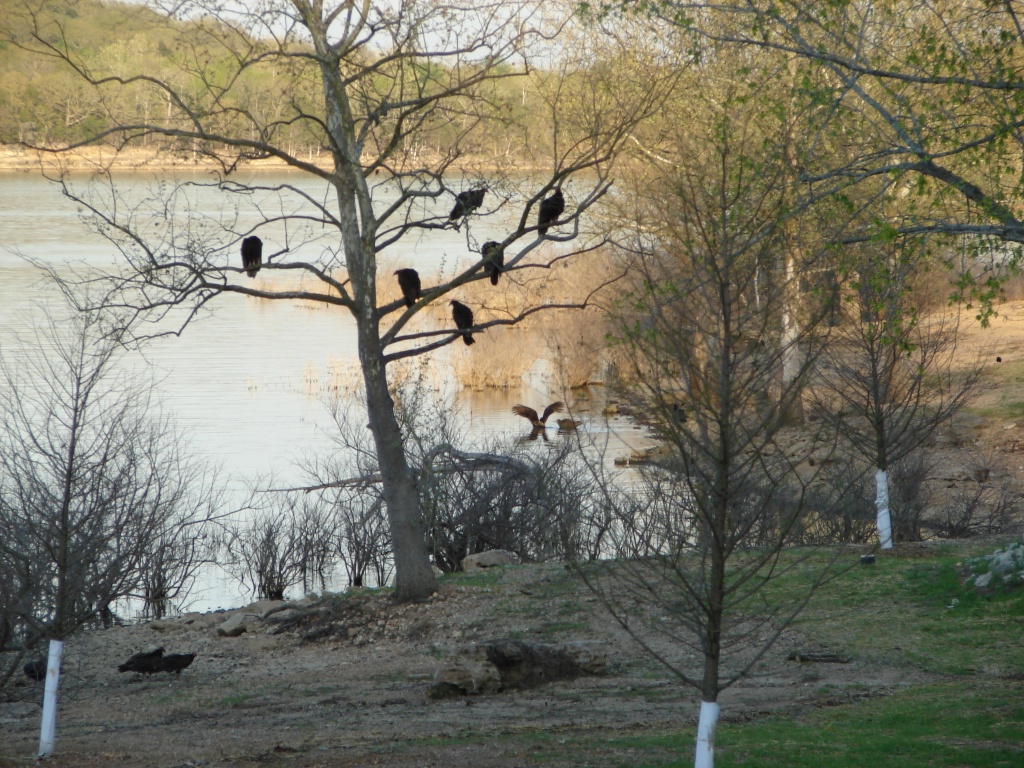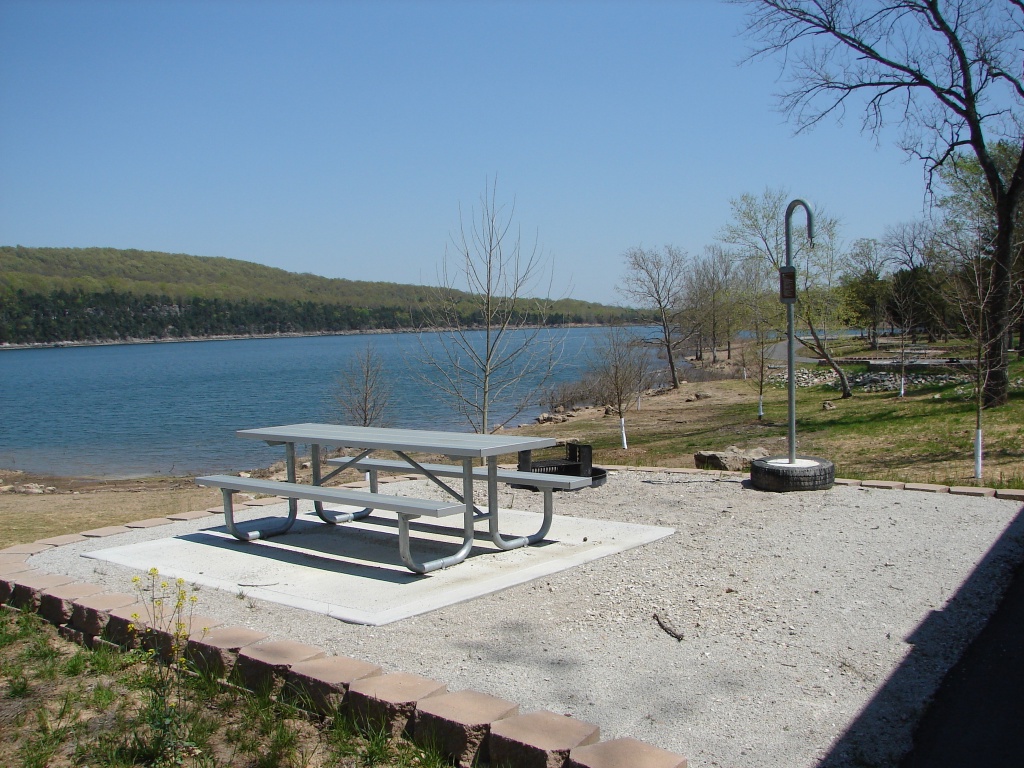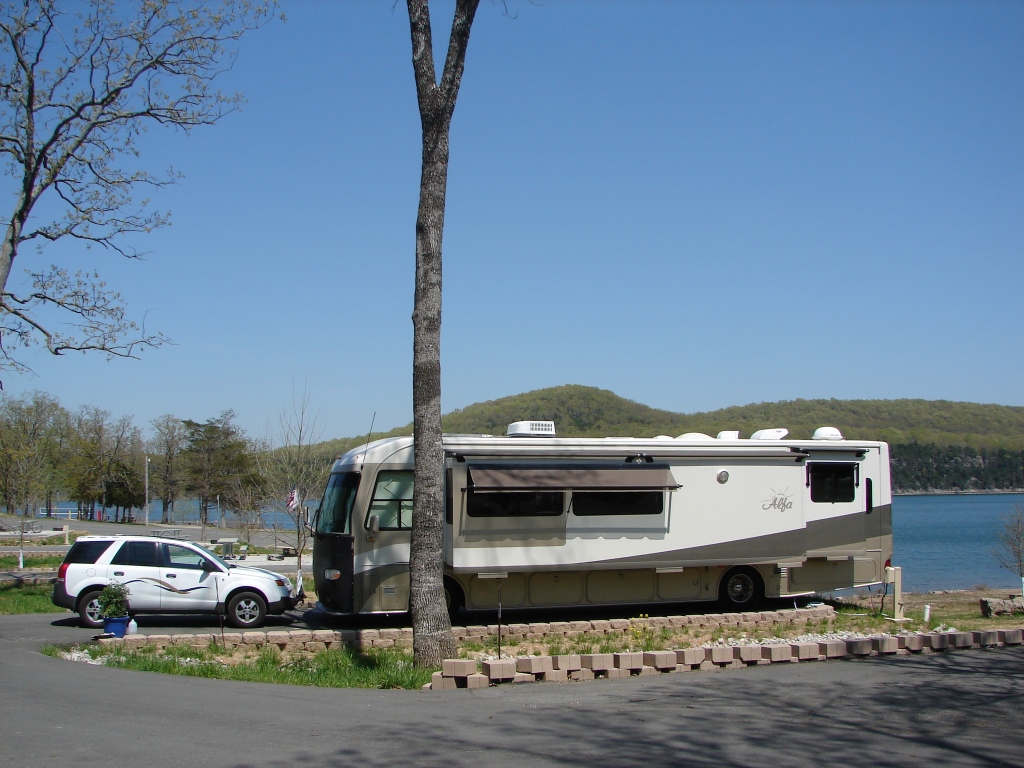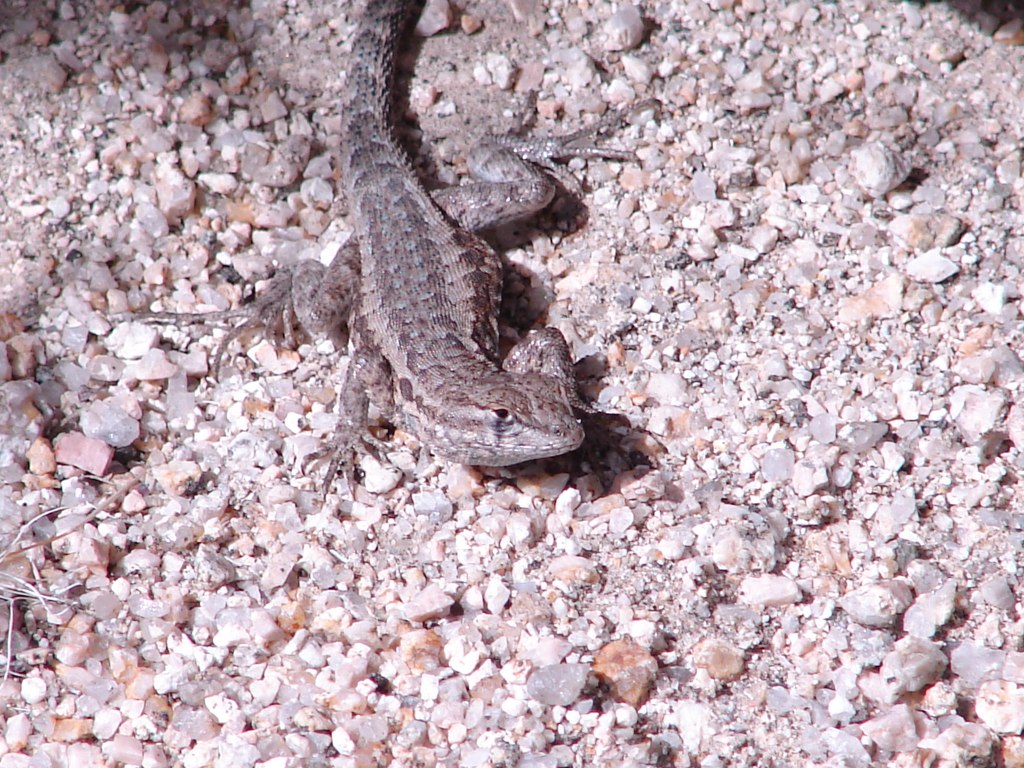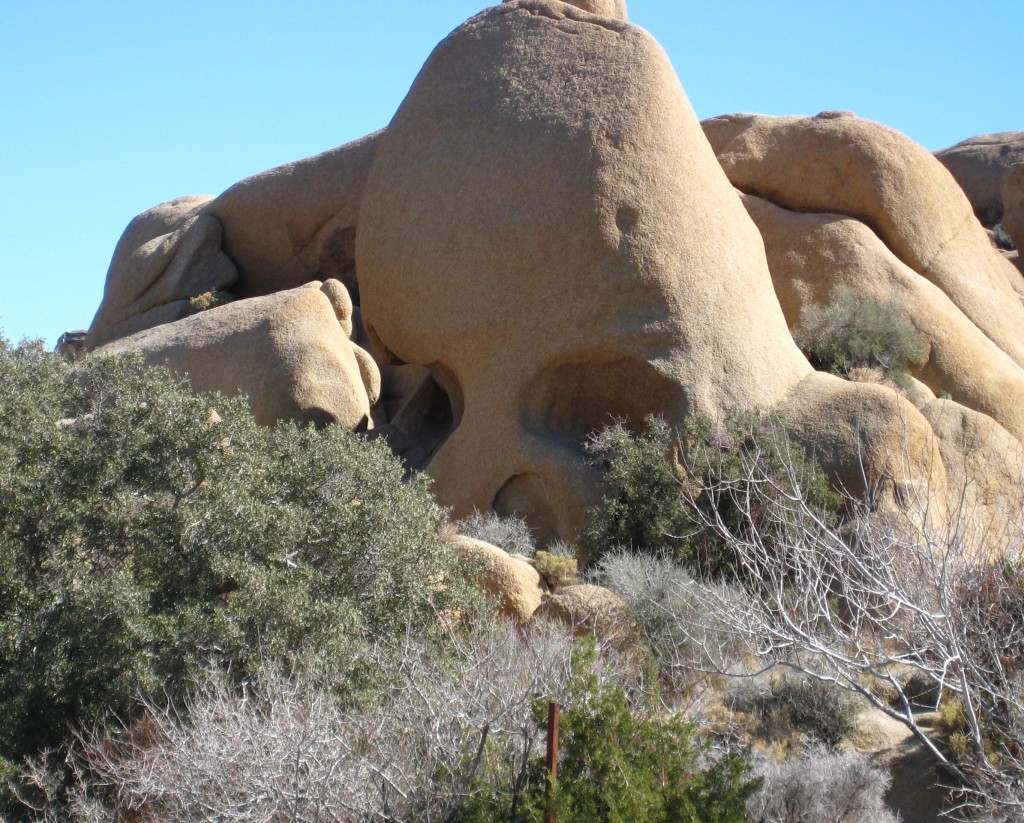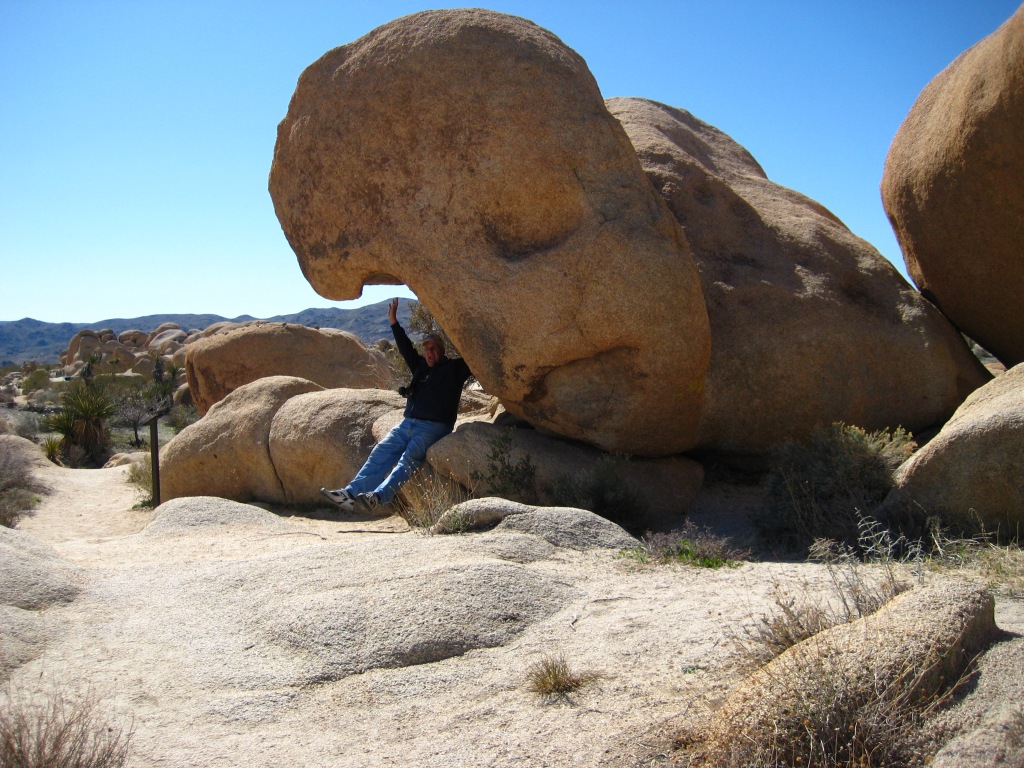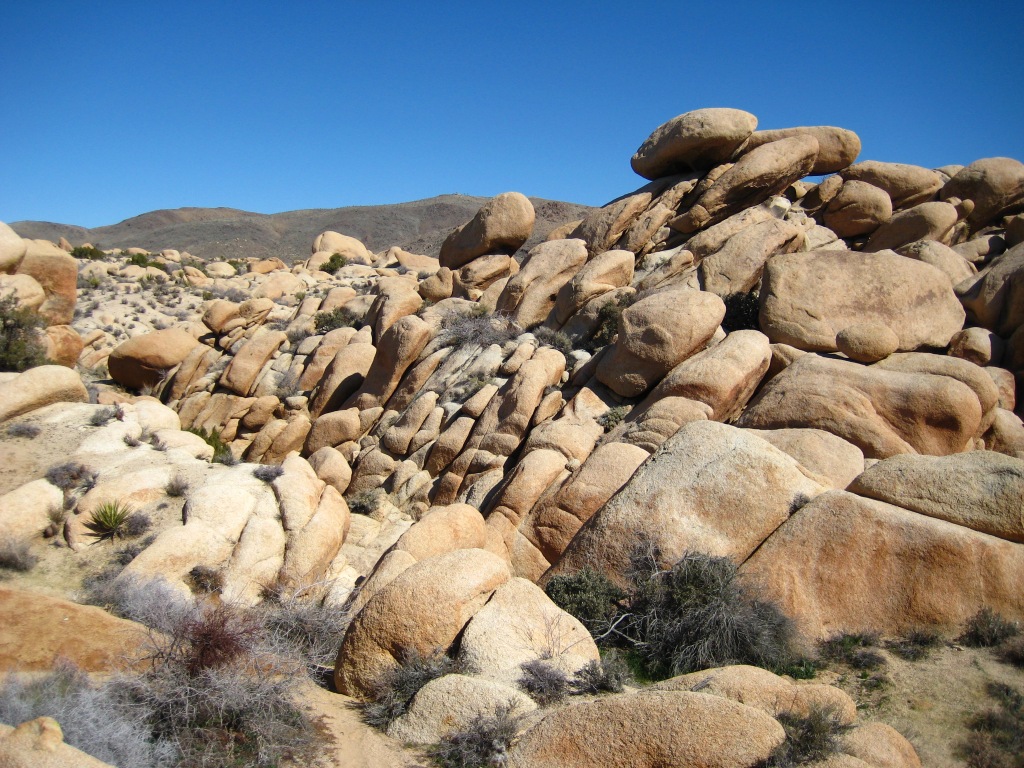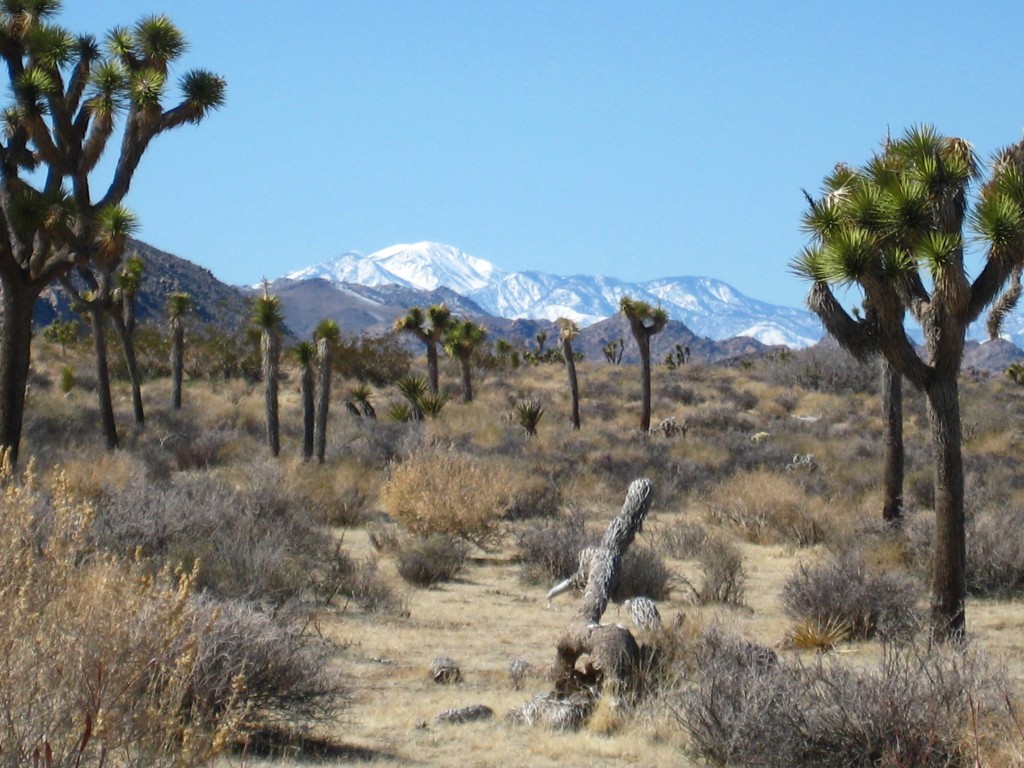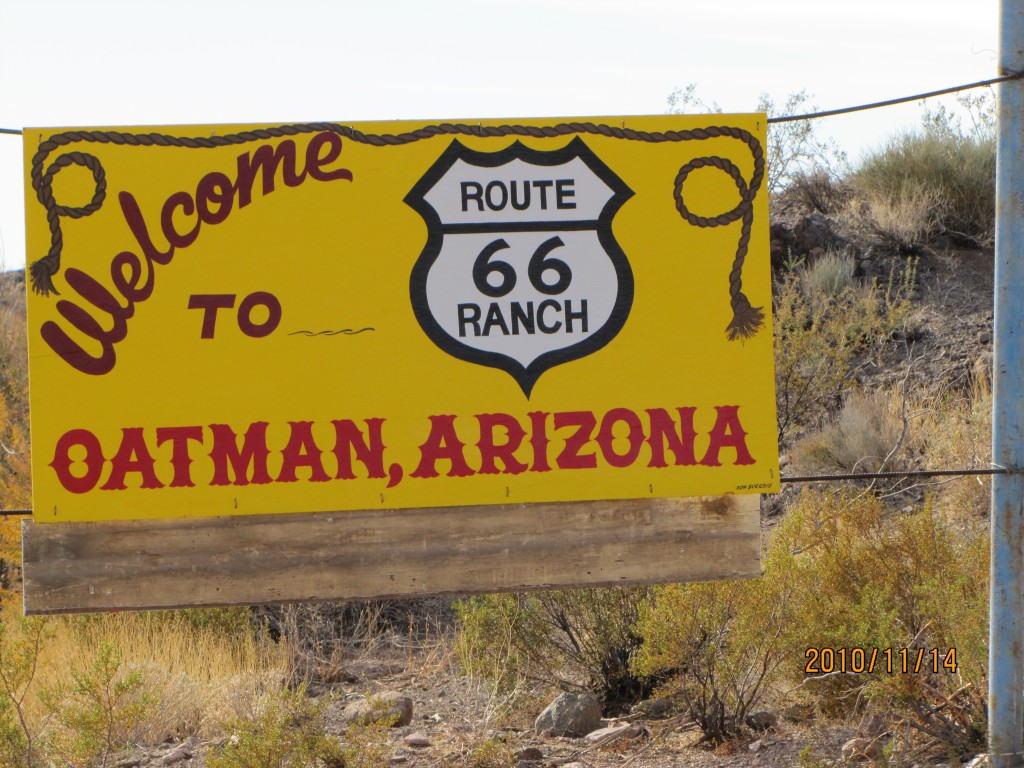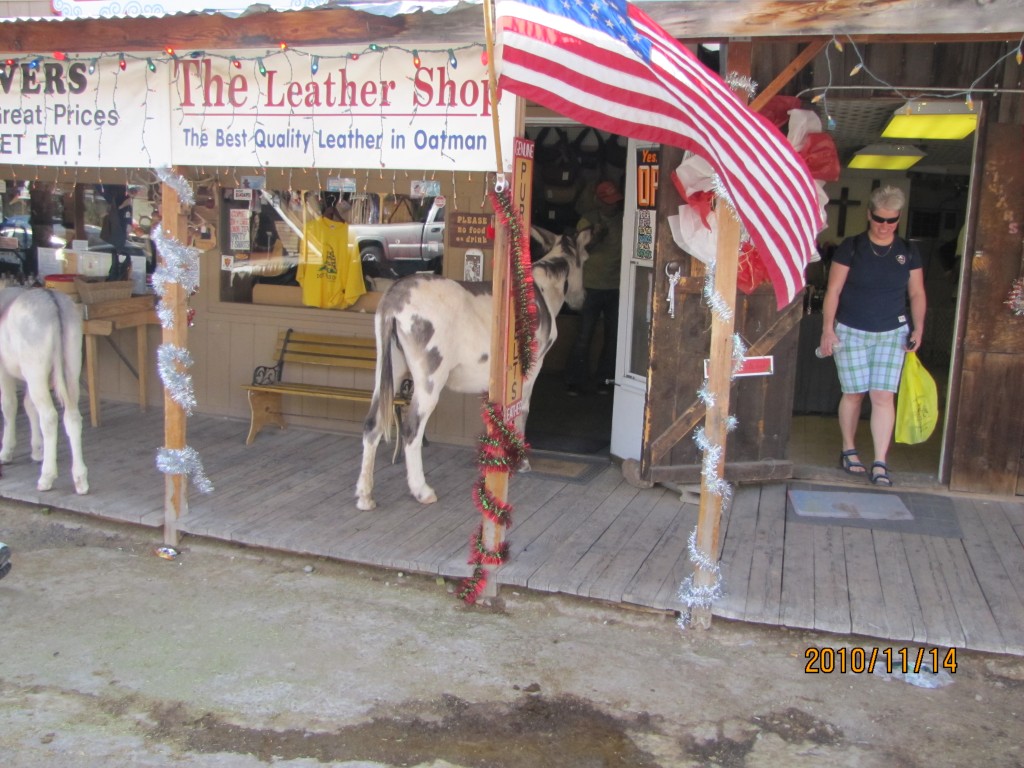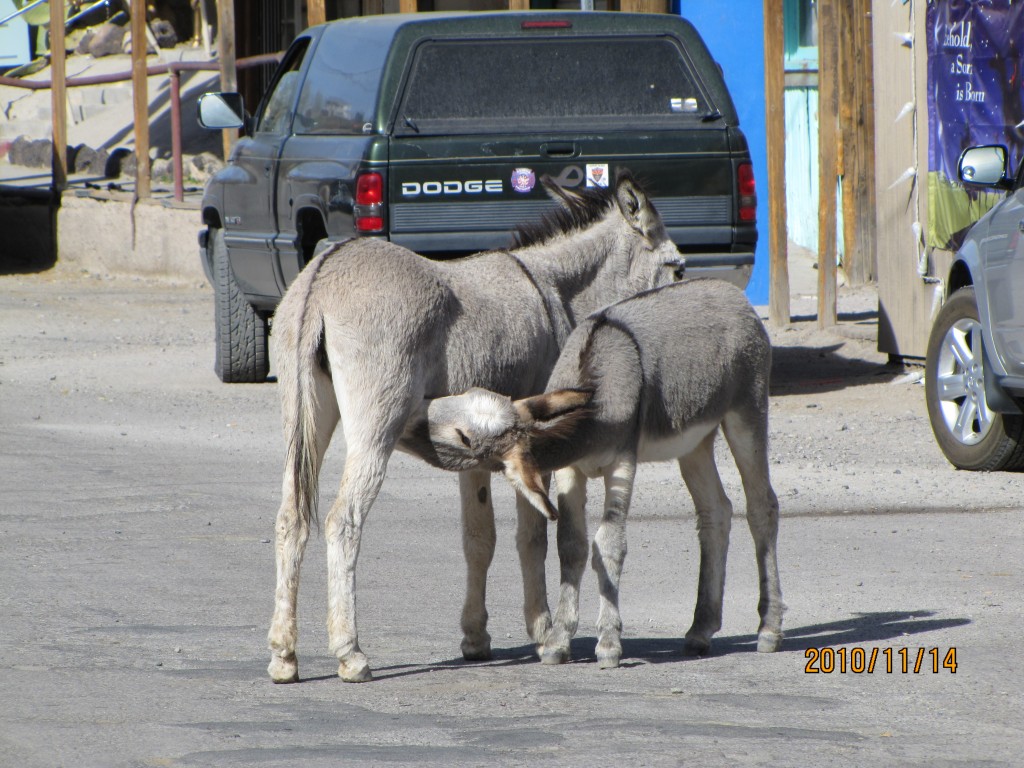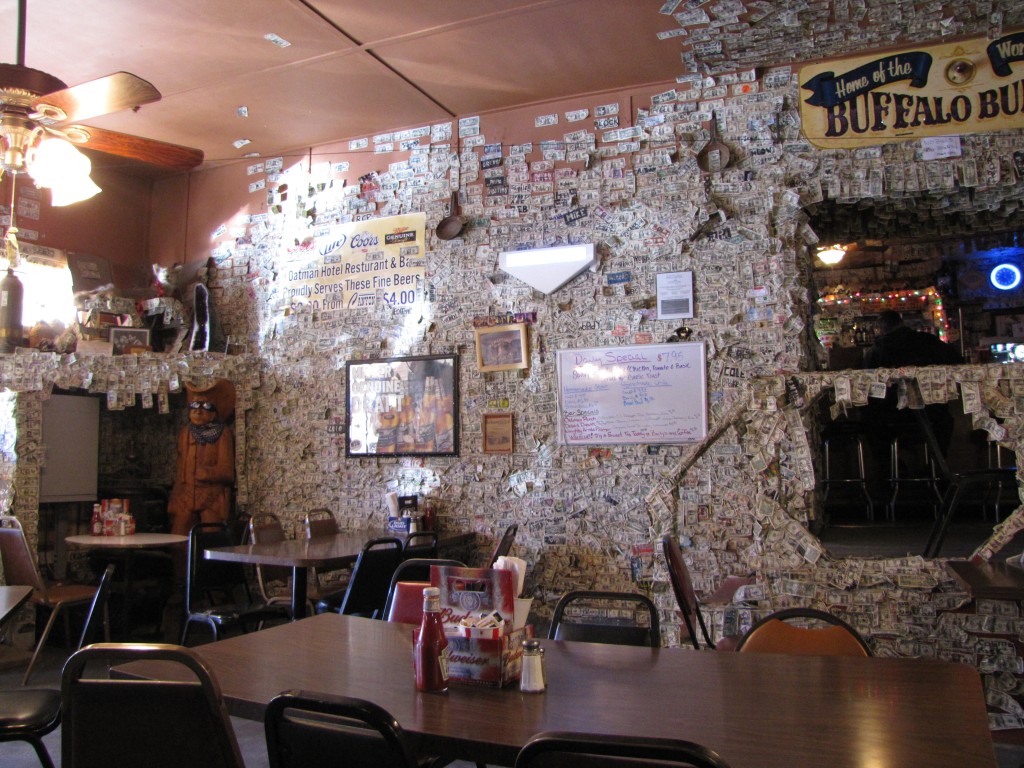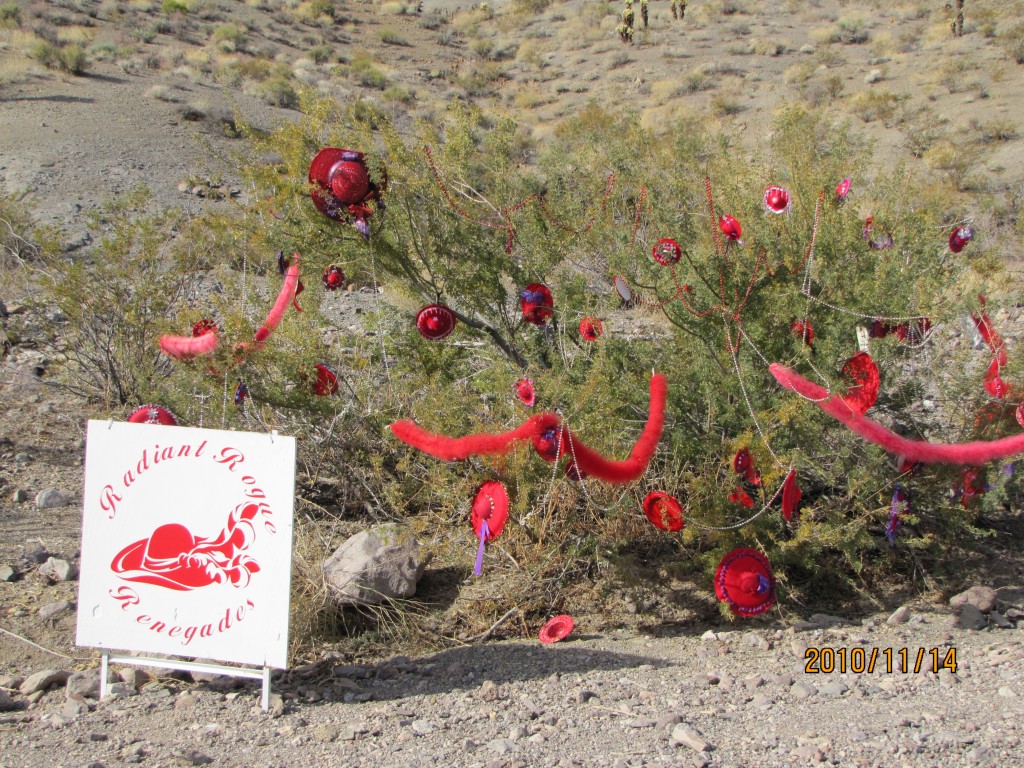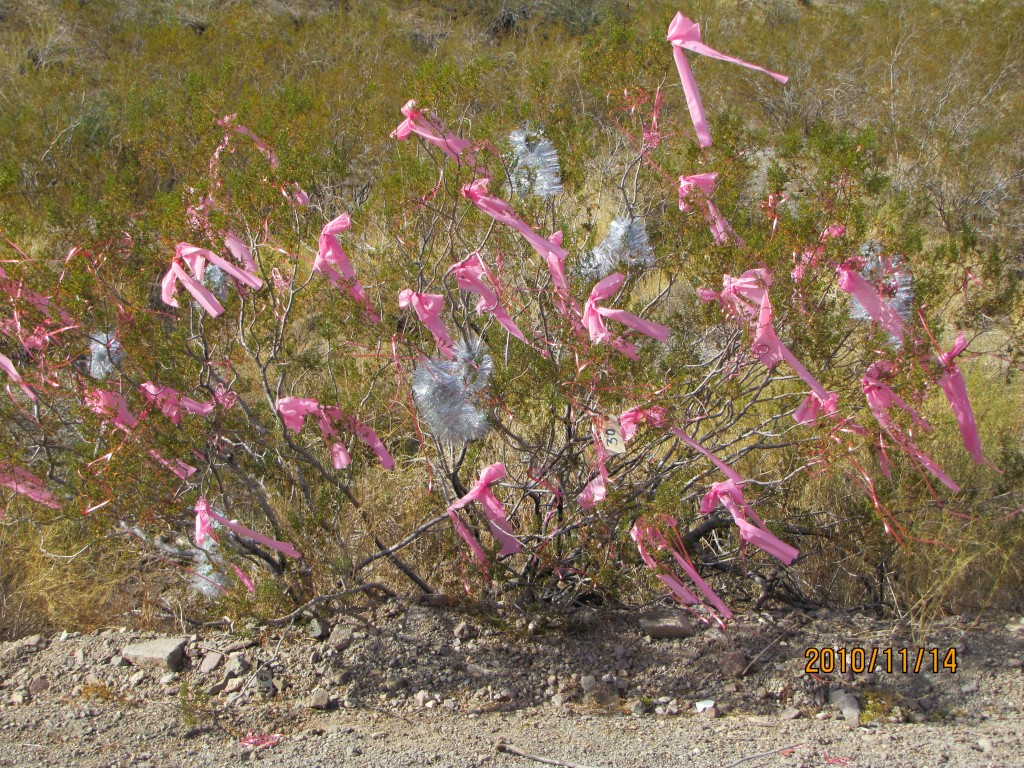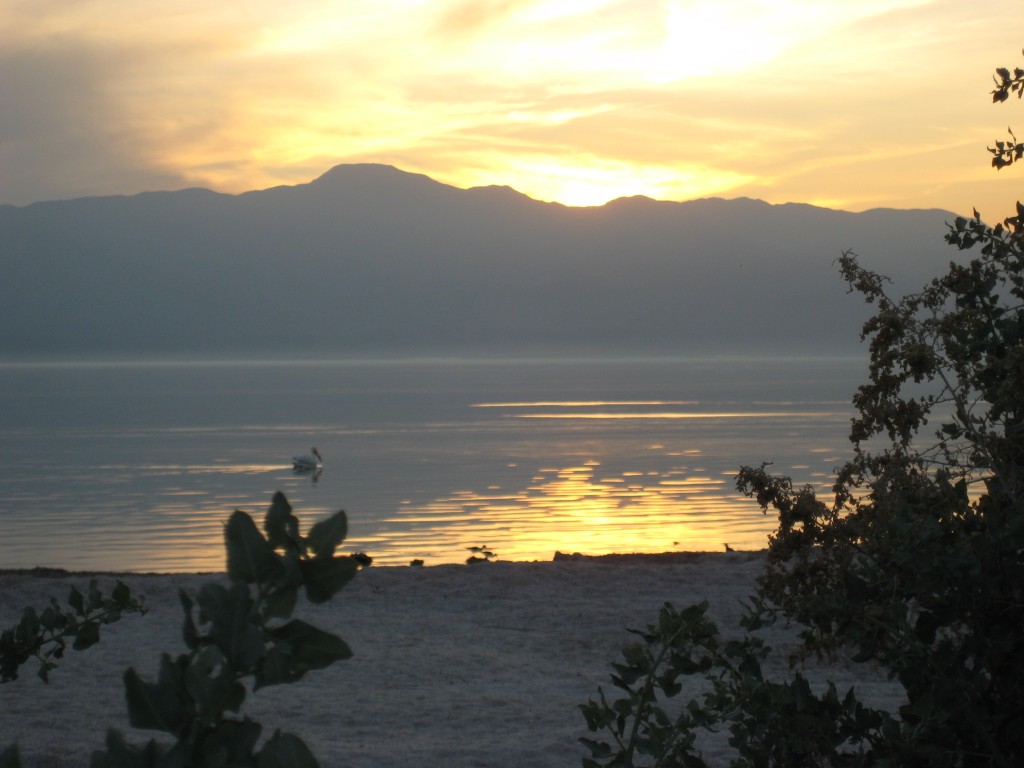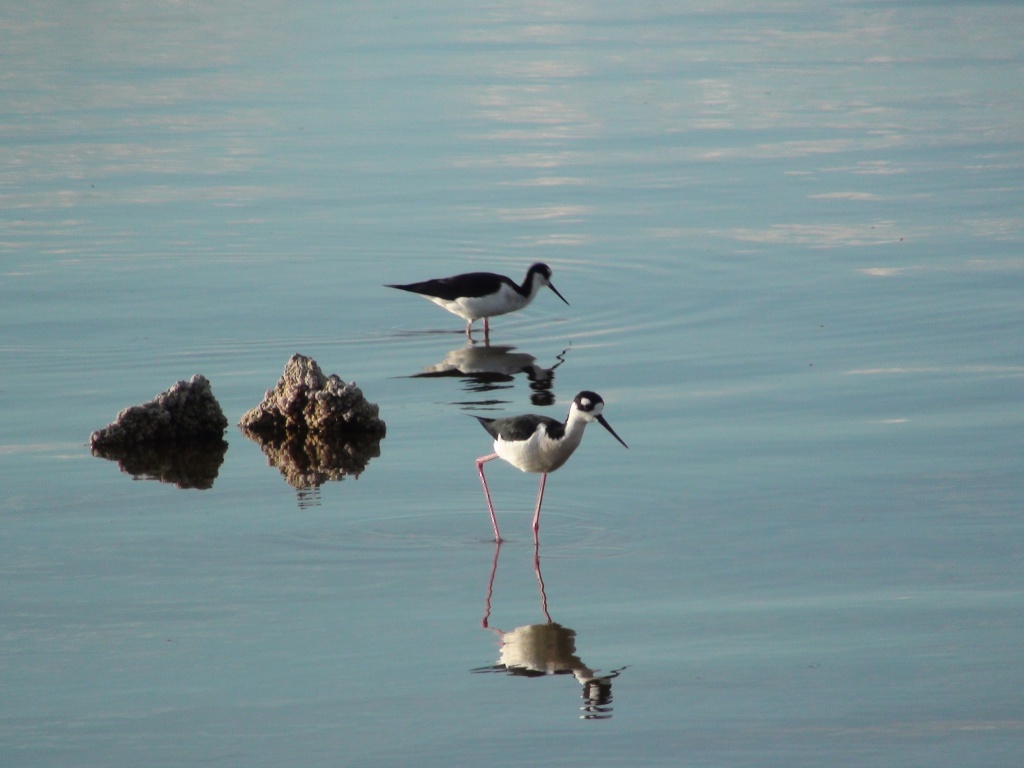To me, one of greatest secrets in camping are the Army Corps of Engineer campgrounds. To those who are not familiar with the ACE, it is a governmental organization involved in dam construction to control river flows, build lake reservoirs, and produce hydroelectric power. Part of their functions are to also open up these river and lakeside areas to the public and provide recreation opportunities. Consequently, these campgrounds are always on some sort of body of water and when you have water you have scores of water opportunities such as fishing, boating, swimming, hiking and of course camping.
With over 2,500 recreation areas at 450+ lakes managed by ACE, there certainly are an abundant of choices and we have stayed at many of them. Being we are Seniors we have the added benefit of staying at these campgrounds at half-price with the purchase of a Golden Age Passport for National Parks....there is a one-time $10 processing charge to obtain the Golden Age Passport. With the Passport it is extremely reasonable to stay at the ACE parks. The only drawback, possibly to some people, is that you do not have full hook-ups. At almost all the campgrounds you have electricity at your site but often you need to have your water and sewage self-contained. This is not a drawback to us as we are a big rig and can go about a week before having to get water or dump sewage. Being "less connected" is worth the trade for us in exchange for the beautiful parks we have stayed in.
We love being around the water and with water there is an abundance of bird viewing and wildlife. Many of the ACE parks are on the flyways of migratory animals, such as Canada geese, ducks, monarch butterflies, warblers, bald eagles, and many others. So the parks are a mecca for bird-watchers.
We have always found the campgrounds at COE clean and well maintained and offer the basic amenities: showers, restrooms, water, picnic tables and fire rings but some areas can be somewhat primitive. Also they will usually offer services for boaters and fishermen, like marinas, boat launches and tackle shops.
To find a COE campground go to Recreation.gov and the rest is easy. You can search for a campground by entering your personal preferences and then choosing a campground from the results. At many of the COE parks there may be anywhere from 3-10 campgrounds around the body of water. Each campground page will tell you a little bit about the area and show a detailed map of that campground's layout. You can then choose the area of the campground that interests you and read specifics about each campsite to find one that meets your needs.
Hope to see you there!
The following Web sites have everything you need to research and plan a camping adventure at an Army Corps of Engineers lakeside campsite:
Corps Lakes Gateway - easy ACE campground locator.
Recreation.gov - ACE campground reservations.
